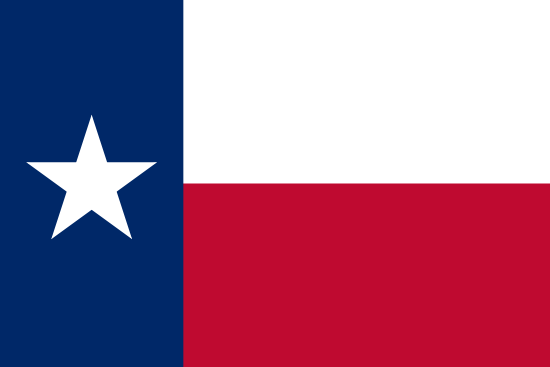
Killeen
- County:
- Bell County
- County Seat:
- No
- Area (mi²):
- 54.628
- State:
- Texas
Killeen is a city located in Bell County, Texas. Killeen has a 2025 population of 160,616 . Killeen is currently growing at a rate of 0.41% annually and its population has increased by 4.46% since the most recent census, which recorded a population of 153,758 in 2020.
The median household income in Killeen is $58,339 with a poverty rate of 17.16%. The median age in Killeen is 30 years: 28.8 years for males, and 31.5 years for females. For every 100 females there are 99.4 males.